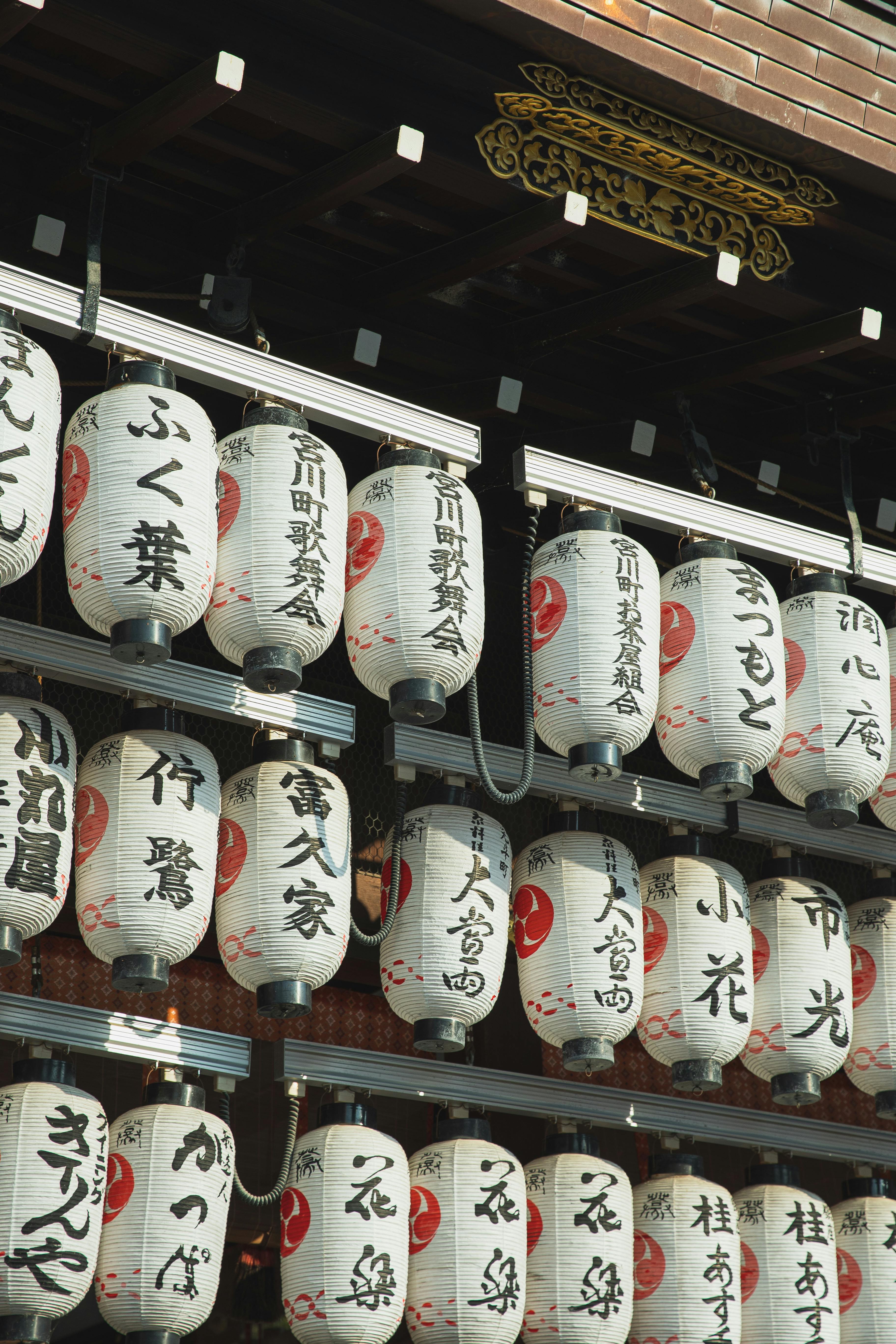Children’s marriages are planned by their parents according to Central Asian customs. They select a suitable boy or girl based on each person’s household history, financial situation, and social standing. This is known as «adat» in Kazakhstan https://thoughtcatalog.com/marisa-donnelly/2016/06/21-definitions-of-what-it-means-to-be-a-beautiful-woman/. The matchmaker ( «gyumzhan» ) looks for a girl with good qualities who belongs to the same clan, tribe, and family. If a child is discovered, the wedding is commemorated with’ Yui- no’ rituals, which are similar to the customary American wedding. Gifts like the Obi ( a sash ) that symbolizes female virtue and the Hakama skirt made of white Sendai silk, which represents loyalty, are exchanged.
The wedding ceremony itself is known as nikah. It is a religious ceremony that entails the bride and groom agreeing to get married after hearing mullah pray and asking them to do so. In order to prepare for existence collectively, the bride and groom typically live individually until the bride. To assist her form a relationship with her new husband, she receives advice from her female relatives and sings traditional wedding songs.

Both people prepare a sizable dinner before the wedding day. Additionally, the man gives gifts to the girl’s family. In some places, the bridegroom gives the female a bride as well. Depending on the household, this may involve a sizable sum of money and additional valuables.
The bride is led or carried to her in-laws ‘ home on the day of the wedding. She is led to a curtain (koshogo, which is customarily hung in the center of the room ) and spends many times mongol women hiding behind it as her in-laws greet her and present her with presents similar to more whitened hats that symbolize purity.